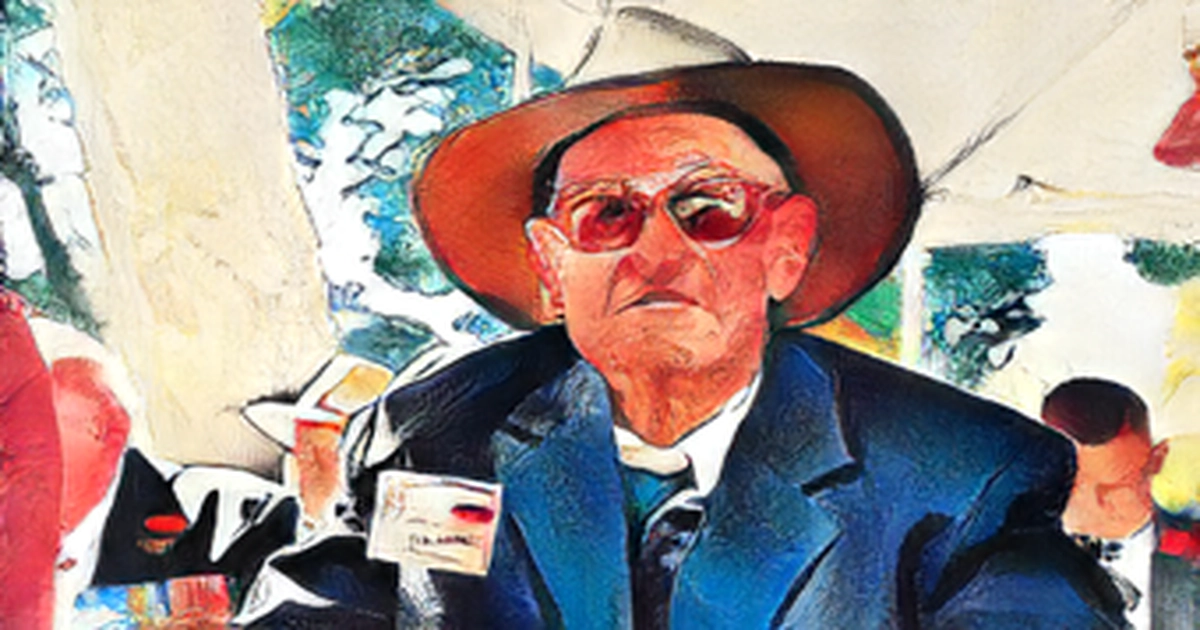
George Turner is one of the only survivors of the 39th battalion at 101, so all eyes were on him at a ceremony marking the 80 years since the Kokoda campaign in Papua New Guinea.
I got to 101 — lucky wasn't I? Turner said something.
I was a truck driver one of two truck drivers, the other one was sergeant by rank. He was killed in the first bombing raid. He was about six feet away from me. On Monday, Mr Turner attended a commemoration service at the Gold Coast that marked the second engagement of the campaign 80 years ago.
During that battle, the 39th battalion advanced to retake Kokoda, but retreated two days later.
Mr Turner attended the service with his sons and grandsons who have also had careers in the military.
Many of the family have been in the military. There are five generations, four of them here, said Ian Turner, Turner's son.
There has always been a tradition of serving and understanding what that meant for the nation.
Governor-General David Hurley emphasised the importance of Kokoda in Australia's military history.
There were around 600 Australian soldiers killed and 1600 wounded.
It's good to remember history and remember what we've been through, and the cost that was paid to allow us to be as we are today, he said.
We're reflecting on that sacrifice, that service, and what it's allowed us to do as a nation. For Merv Wilkinson, the service was about remembering his father, warrant office John Dobell Wilkinson, who was a medic in the 39th battalion.
He said he was a brave and courageous soldier.
He was a great man of great courage, integrity and service. I'm very pleased that both country's flags are flying, because I'm of mixed Australian-Papuan descent. Jimmy Ovia, the acting Consul-General of Papua New Guinea, said he was honored to be part of the 80th anniversary commemorations.
He spoke about the shared challenges of the Australian and Papua New Guinean soldiers.
The treacherous mountain terrain was new for the Australian soldiers, so the carriers and those who knew the bush tracks helped guide the Australians during the campaign.
